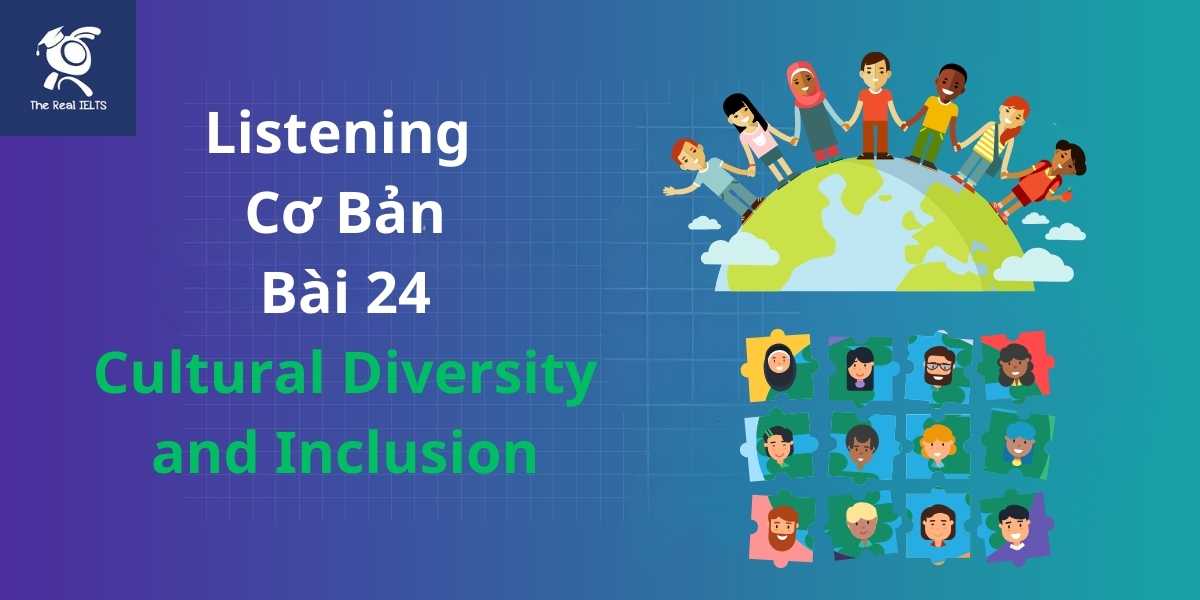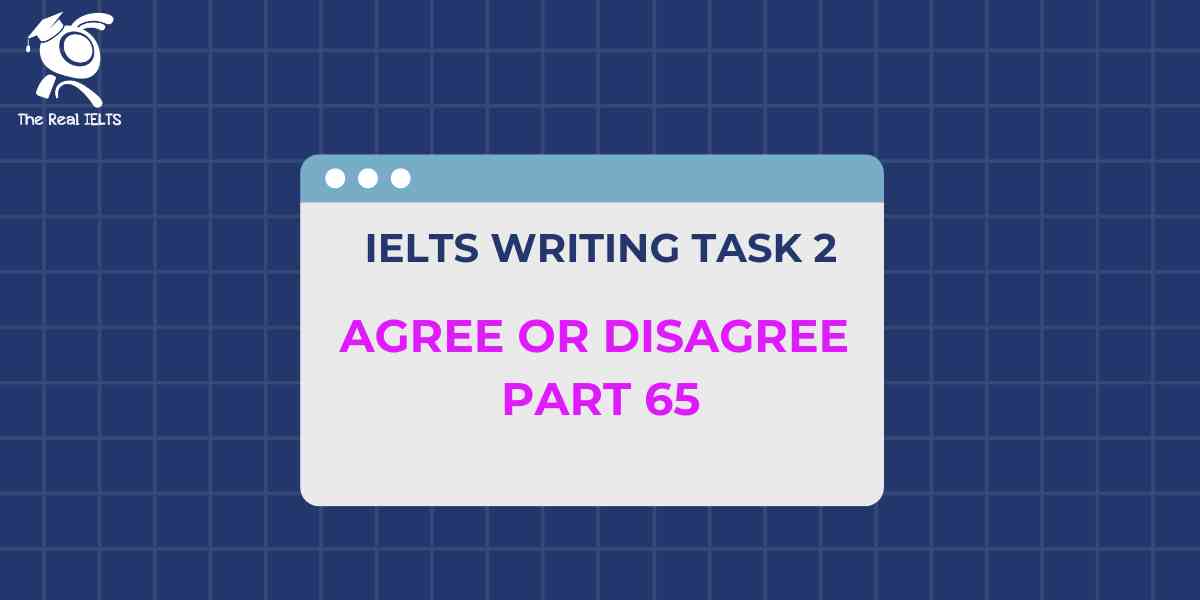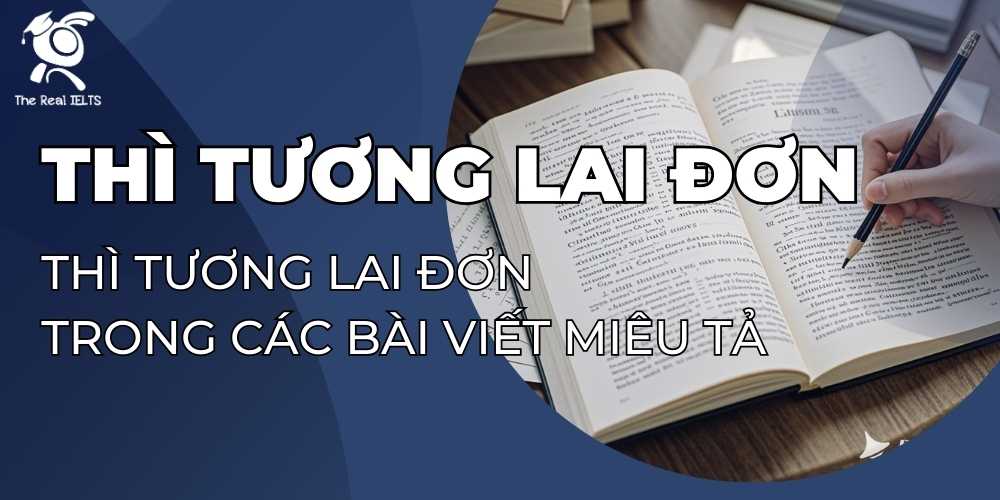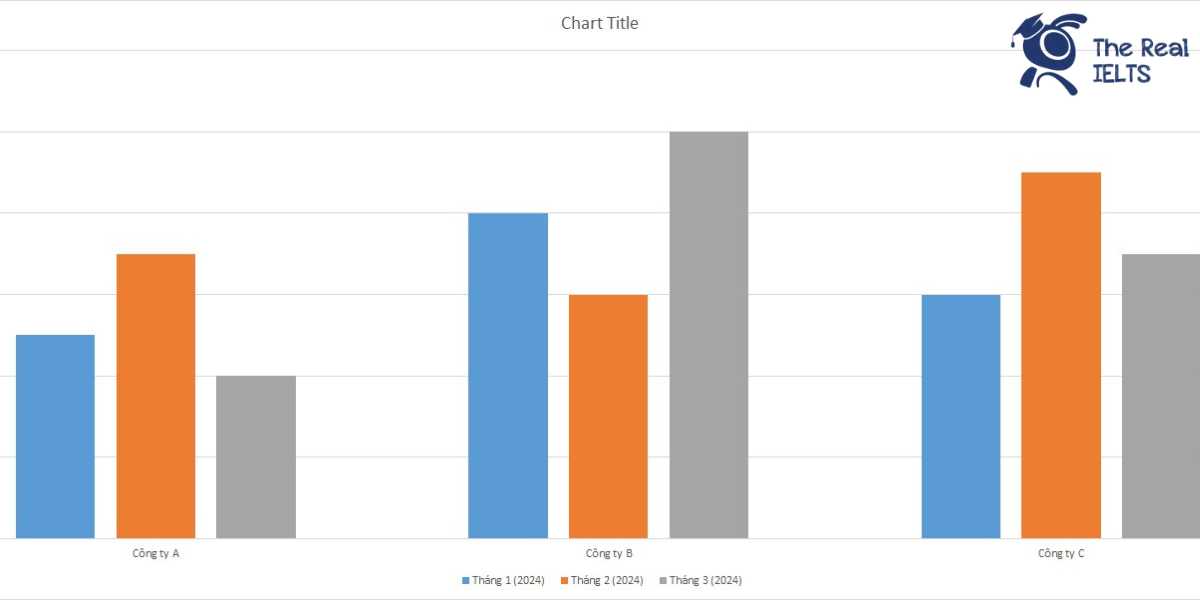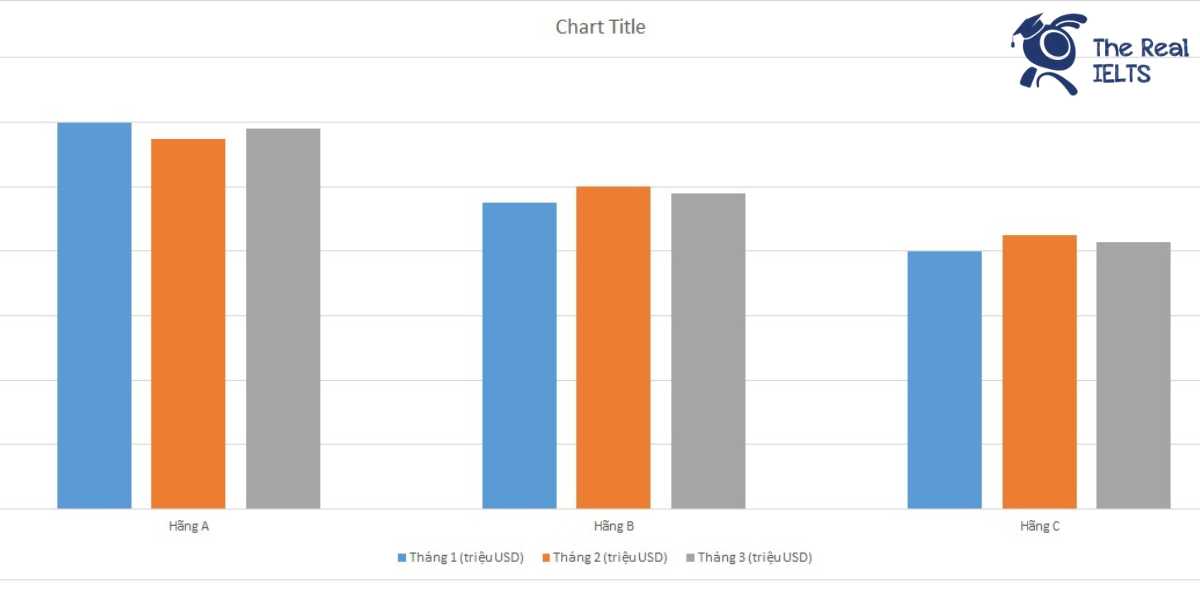Bài Listening trong bài học này có chủ đề về Văn Hóa. Chủ đề này ngoài Listening ra các bạn cũng có thể gặp ở các bài kỹ năng khác. Sau đây là bài Listening kỳ này, hãy nghe kỹ để luyện tập.
Bài Listening
Questions
Section 1: Multiple Choice
- According to the speaker, what is one benefit of having a culturally diverse team? a) Increased competition among employees b) More creative and innovative solutions c) Higher costs of operation d) Simplified communication
- What does an inclusive workplace improve according to the passage? a) Employee satisfaction and retention b) Company profits immediately c) Marketing strategies d) Office layout and design
Section 2: Short Answer
- What is the primary goal of the Diversity and Inclusion Task Force mentioned in the passage?
- Name one strategy mentioned that can help foster a culture of inclusion in the workplace.
Section 3: Sentence Completion
- Diverse teams can enhance problem-solving because they __________.
- Implementing __________ is one way to create a culture of inclusion in an organization.
Section 4: True/False
- The speaker believes that having a diverse workforce alone is sufficient for creating an inclusive environment. (True/False)
- A mentorship program was part of the diversity initiative at the tech company mentioned. (True/False)
Answers
Section 1: Multiple Choice
- b) More creative and innovative solutions
- a) Employee satisfaction and retention
Section 2: Short Answer
- The primary goal of the Diversity and Inclusion Task Force is to address diversity issues and implement policies that promote inclusion.
- One strategy mentioned is implementing diversity training programs.
Section 3: Sentence Completion
- Diverse teams can enhance problem-solving because they approach challenges from multiple angles.
- Implementing diversity training programs is one way to create a culture of inclusion in an organization.
Section 4: True/False
- False
- True
Audio Script
Listening Passage:
Narrator: In today’s lecture, we’re going to discuss the importance of cultural diversity and inclusion in the workplace. Cultural diversity refers to the presence of multiple cultural groups and their practices within a given setting. Inclusion, on the other hand, is about creating an environment where everyone feels welcomed, respected, and valued, regardless of their cultural background.
Speaker: Companies that embrace cultural diversity and inclusion often experience numerous benefits. For instance, diverse teams bring different perspectives and ideas, leading to more creative and innovative solutions. This variety of viewpoints can also enhance problem-solving, as team members approach challenges from multiple angles.
In addition, an inclusive workplace can improve employee satisfaction and retention. When employees feel included, they are more likely to be engaged and committed to their work. This can result in higher productivity and reduced turnover rates. Companies that value diversity are also seen as more attractive to top talent, which can give them a competitive edge in the job market.
However, fostering cultural diversity and inclusion requires deliberate effort. It’s not enough to simply have a diverse workforce; organizations must also create a culture of inclusion. This can be achieved through various strategies, such as implementing diversity training programs, promoting open communication, and ensuring equal opportunities for all employees.
One example of a successful diversity initiative is the “Diversity and Inclusion Task Force” at a major tech company. This task force was established to address diversity issues and implement policies that promote inclusion. As part of their efforts, they launched a mentorship program aimed at supporting underrepresented groups within the company. The results have been promising, with increased representation of diverse groups in leadership positions and a more inclusive work environment overall.
In conclusion, embracing cultural diversity and inclusion is not only the right thing to do but also beneficial for businesses. By valuing and leveraging the strengths of a diverse workforce, companies can foster a more innovative, productive, and harmonious workplace.
Học lại bài cũ: Bài tập Listening 23: The Importance of Education.


